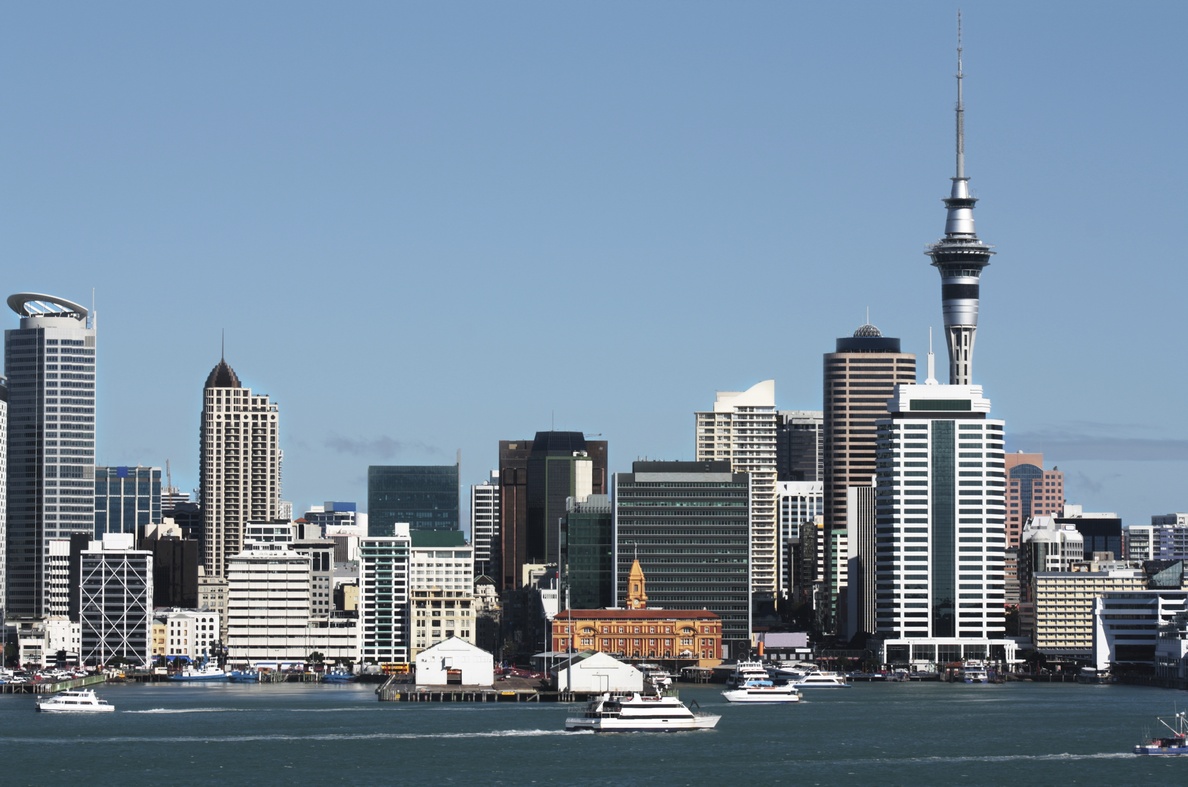Auckland regional household labour force survey: quarterly overview June 2021
Author:
Ross WilsonSource:
Auckland Council Research and Evaluation Unit, RIMU | Statistics New ZealandPublication date:
2021Topics:
EconomyAn overview of labour force participation in Auckland, as indicated by results of Stats NZ's quarterly Household Labour Force Survey. HLFS
Overview and highlights
For the quarter ended June 2021, compared to the preceding quarter (not seasonally adjusted):
• Auckland’s unemployment rate fell to 4.1%, similar1 to June 2018, 2019 and 2020.
• Persons unemployed (40,000) fell by 12,200 since March 2021 (52,200).
• Total jobless (69,700) fell by even more (-20,700), relative to the preceding quarter.
• Persons employed (945,700) grew correspondingly (+17,600).
• NILF (not “actively” seeking work) was similar (400,200) to March (402,500).
• The labour force participation rate (71.1%), was likewise similar to March (70.9%).
• Weekly hours worked was steady at 37.8 (average including full and part-timers).
• The NEET (not in employment, education or training) rate for youth aged 15-24 fell to 11.3%, similar to June 2017, 2018 and 2019 and to Rest of New Zealand (10.6%)
Over the year ended June 2021:
• The unemployment rate overall averaged 5.1% in the year ended June 2021, significantly above a year prior (4.3%), and same as the year ended March 2021 (5.1%), but still lower than the post-GFC annual rates in 2009 to 2015 (5.8% to 7.3%).
• The unemployment rate among those aged 15 to 19 averaged 19.3%, - higher than 16.3% a year prior, but lower than 2009 to June 2018, including 31.0% in 2011.
• The unemployment rate for females of all ages averaged 5.5%, higher than 4.7% a year prior. Similarly, the unemployment rate for males averaged 4.8%, higher than 3.8% a year prior, so the gap between males and females (0.7%) fell slightly; it has narrowed significantly since its peak in the year ended June 2015 (2.5%).
• Unemployment rates among Pacific people (9.2%) were 1.7% higher than the year before (7.5%), while there were 0.8%-1.0% rises for Māori (8.6% from 7.6%), European (3.9% from 3.1%) and Asian (5.2% from 4.3% to 5.2%) ethnic groups.
• The labour force participation rate overall averaged 70.4%, unchanged from the year before (70.4%).
• The labour force participation rate for males (76.2%) was slightly above a year prior (75.6%); females (64.7%) fell slightly from 65.5% (still above the 57.3% of 1995).
• Labour force participation rates fell slightly from a year prior for ages 55+ (48.9% from 49.9%), and had minimal change for all other age groups.
• Labour force participation rates were similar to a year prior for European (71.6%), Māori (66.0%) and Pacific (62.5%) ethnicities, but Asian (73.7%) rose slightly (from 72.1%). All groups have generally fallen since 2017/2018, except Asian.
Overview published August 2021.
